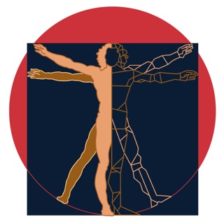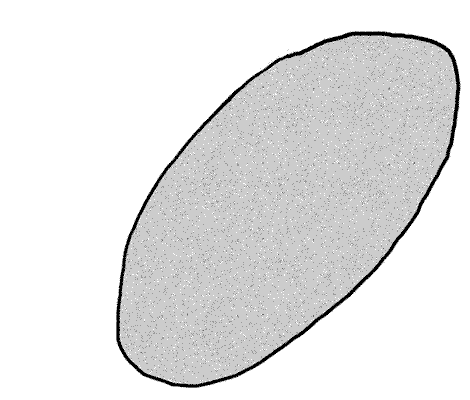What mental processes run in the minds of pre-historic stone knappers when they made stone tools? Do they have already have a mental image in mind when the made their stone tools? Is their design deliberate or is the output merely a response to external circumstances and constraints? How do we hypothesize what goes inside the minds of pre-historic knappers through the stone tools that they made?
(Picture courtesy of wikipedia)
French cognitive Archeologist Nathan Schlanger has categorized the approaches to the interpretation of stone tools more specifically those made using the Levallois technique as belonging to the “Standard” and “reactionary” claim camps.
He defines “Standard claims” as an approach that assumes that the Levallois stone knapper had a clear mental image of the product and the procedure to be realized. In other words this approach assumes a mental “pre-determination” on the design of the stone tool on the part of the stone knapper. The “Standard claims” attributes to the stone knapper the pre-existence of a clear mental image of the end product leading to a conclusion that he must have had a definite conception of the procedure to be followed and hence ensured standardization of subsequent products. The stone knapper is pictured here as a “calculating planner who begins with a pre-determine set and sequence of operations which is then implemented”
On the other hand he defines “reactionary claims” as one wherein the stone knapper did not have a predetermined mental image of the design of the stone tool but rather the design is only a product of the case by case response of the knapper to the function of stimuli and the changing external circumstances and constraints. “Standardization” of subsequent products is brought about the environmental and technological constraints.
The interpretation of stone tools using the “standard” and “reactionary” claims approach has a wider implication as this affect how we view the evolution of language and intelligence among others with the “standard claim” camp retaining a gradualist and cumulative position while the “reactionary claim” camp favors a rubicon-like scenario restricting cognitive capacities only to modern Homo sapiens sapiens. Both approaches have their merits but according to Schlanger both have insufficiencies in terms of considering the overall evidence. He says the insufficiencies can be overcome by a technological understanding of the Levallois technique of production.
Schlanger then goes to the meat of his argument by discussing the technological aspects of the Levallois technique. He first discussed the replication of the technique by lithic experimenters in order to in the words of one of the most famous lithic experimenters Leroi-Gourhan, “untangle the series of actions that lead to such and such form of tool.” Through this untangling of the gestures of the prehistoric artisan we will be able to appreciate the interplay between thought and action an in effect overcome the deficiencies of the “standard” and “reactionary” claims approaches. The intricate details of Levallois technique such as discussion of the striking surface, the appropriate striking angle, the impact points of the blow, the fracture wave that results from it among others was presented through quoting heavily from the works of lithic experimenters.
To confirm, illustrate and fine-tune his argument, Schlanger concludes his investigation into the technological details of the Levallois technique by examining the refitting of Marjorie’s core. Relying on heavy statistical analysis of the flake removal of Marjorie’s core, Schlanger concludes by stating that “doing and thinking” need not be separated as what is delineated by both the “standard” and “reactionary” claims camp. Schlanger’s overall conclusion is that Marjorie’s core cannot be the result of responses mere cases by case response to stimuli as constrained by environmental and technological factors as argued by those in the “reactionary” camp nor could it’s designed be fully attributed as a result by predetermination by the stone knapper as argued by those in the “standard” claim camp. It is a result of, in Schlanger’s words, “Far from being thought out beforehand, or at the other extreme, not thought out at all . . . .was constructed in hand as it were between the material and the mental activities on the Levallois flint knapper.”
In other words Schlanger stays in the middle of both the “Standard” and “reactionary” claims camp and argues that the Levallois technique is both somewhat predetermined but not that the knapper had an abstract image of the stone tool before he made it. As the knapper goes about his knapping somewhat forming the image of the stone tool as he went along he is also responding to cognitive stimuli and constrained by environmental and technological factors.
 Hi ! my name is Zigfred Diaz. Thanks for visiting my personal blog ! Never miss a post from this blog. Subscribe to my full feeds for free. Click here to subscribe to zdiaz.com by Email
Hi ! my name is Zigfred Diaz. Thanks for visiting my personal blog ! Never miss a post from this blog. Subscribe to my full feeds for free. Click here to subscribe to zdiaz.com by Email
You may also want to visit my other blogs. Click here to learn more about great travel ideas.


Leave a Reply